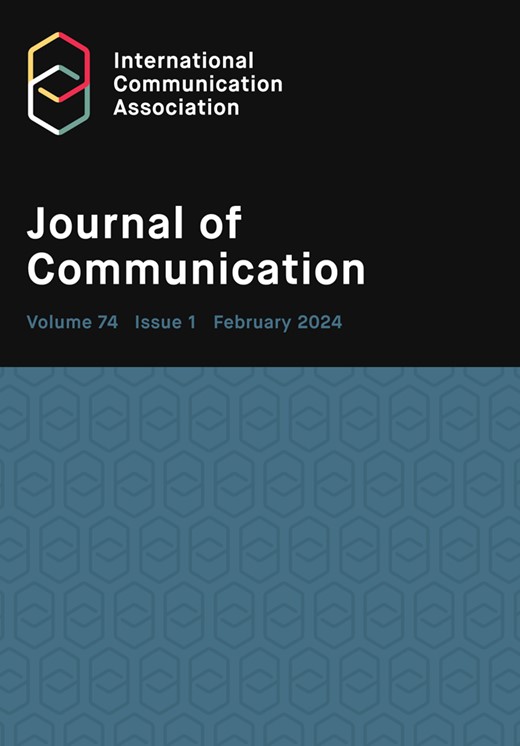人工智能人物角色在欺骗检测实验中的有效性
IF 5.5
1区 文学
Q1 COMMUNICATION
引用次数: 0
摘要
人工智能(AI)最近被用于辅助欺骗检测和模拟社会科学研究中的人类数据。因此,重要的是要考虑这些工具如何很好地通知两个企业。我们报告了12项研究,通过视点访问。ai研究平台,由ai (gemini-1.5-flash)对人类进行准确性判断。我们系统地改变了交流的性质和持续时间、方式、真相-谎言基准率和人工智能角色。人工智能在识别涉及对朋友感情的真假时表现最好(57.7%),尽管它明显偏向于真相(71.7%)。然而,在评估作弊审讯时,人工智能对谎言有偏见,它将超过四分之三的受访者判断为撒谎者。在评估人类成功率超过70%的访谈时,准确率在生态基础率下暴跌至15.9%。人工智能产生的结果与之前的人类研究不同,因此,我们警告使用某些大型语言模型进行测谎。本文章由计算机程序翻译,如有差异,请以英文原文为准。
The (in)efficacy of AI personas in deception detection experiments
Artificial intelligence (AI) has recently been used to aid in deception detection and to simulate human data in social scientific research. Thus, it is important to consider how well these tools can inform both enterprises. We report 12 studies, accessed through the Viewpoints.ai research platform, where AI (gemini-1.5-flash) made veracity judgments of humans. We systematically varied the nature and duration of the communication, modality, truth-lie base rate, and AI persona. AI performed best (57.7%) when detecting truths and lies involving feelings about friends, although it was notably truth-biased (71.7%). However, in assessing cheating interrogations, AI was lie-biased by judging more than three-quarters of interviewees as cheating liars. In assessing interviews where humans perform at rates over 70%, accuracy plummeted to 15.9% with an ecological base-rate. AI yielded results different from prior human studies and therefore, we caution using certain large language models for lie detection.
求助全文
通过发布文献求助,成功后即可免费获取论文全文。
去求助
来源期刊

Journal of Communication
COMMUNICATION-
CiteScore
11.60
自引率
5.10%
发文量
41
期刊介绍:
The Journal of Communication, the flagship journal of the International Communication Association, is a vital publication for communication specialists and policymakers alike. Focusing on communication research, practice, policy, and theory, it delivers the latest and most significant findings in communication studies. The journal also includes an extensive book review section and symposia of selected studies on current issues. JoC publishes top-quality scholarship on all aspects of communication, with a particular interest in research that transcends disciplinary and sub-field boundaries.
 求助内容:
求助内容: 应助结果提醒方式:
应助结果提醒方式:


